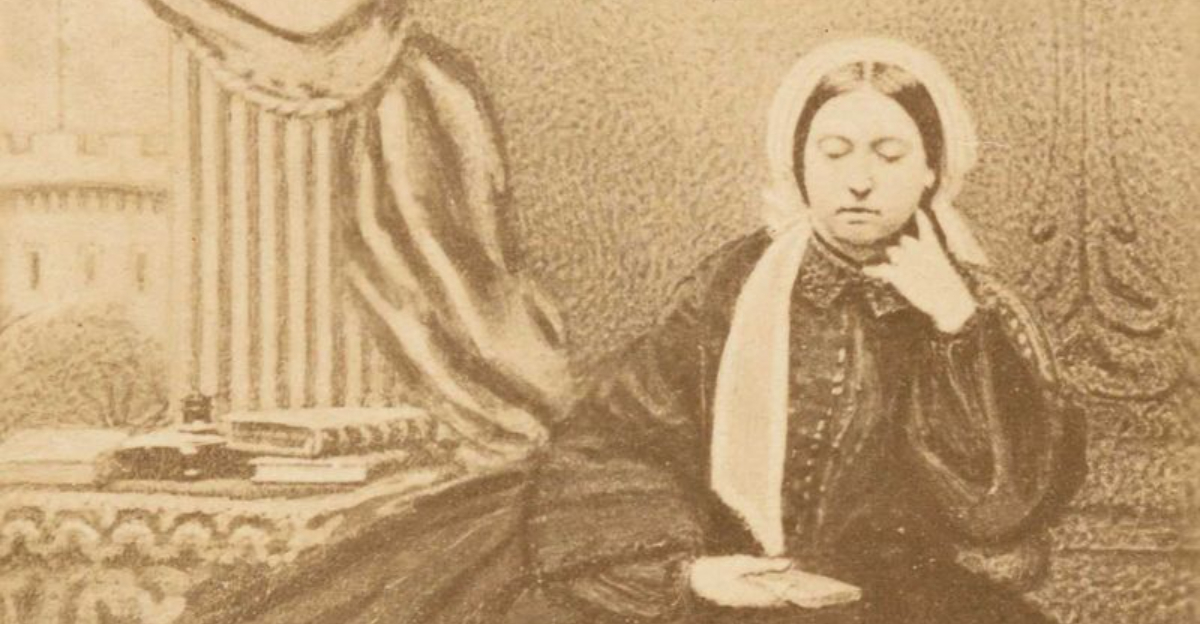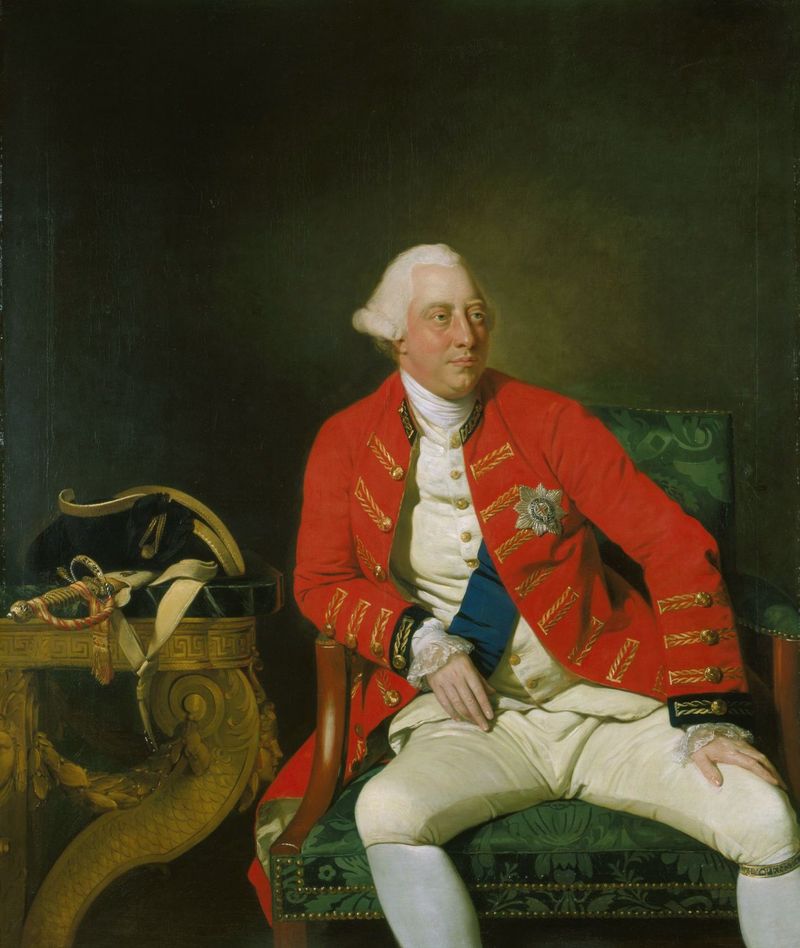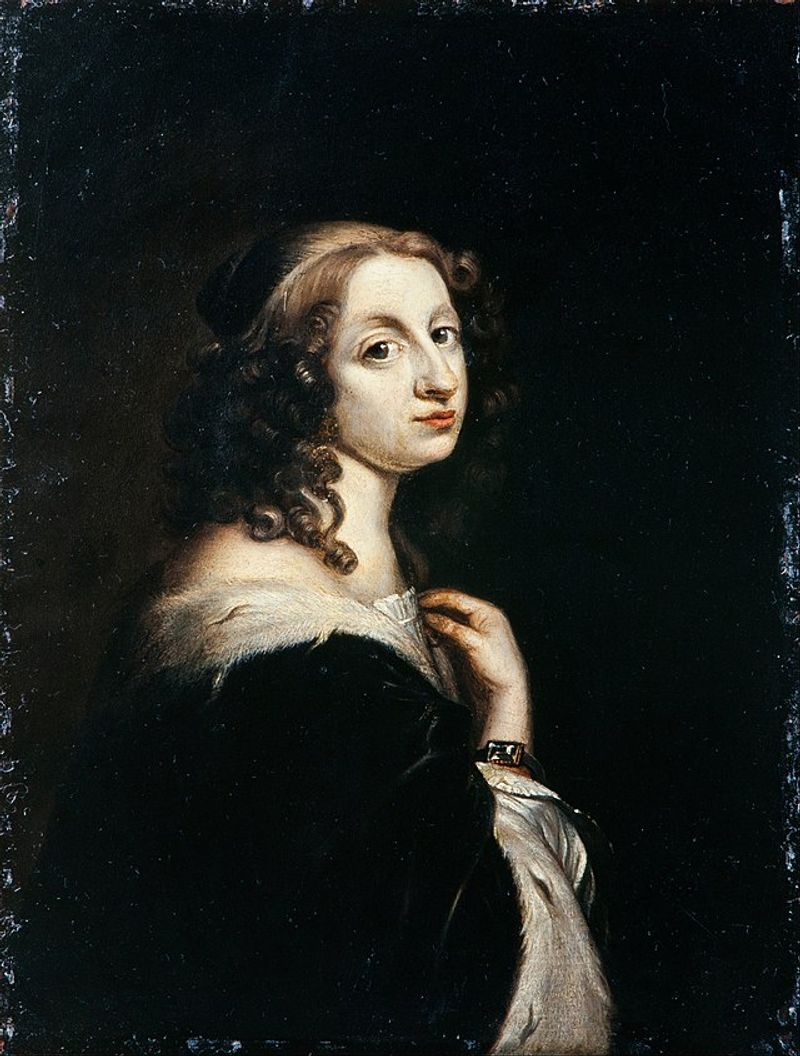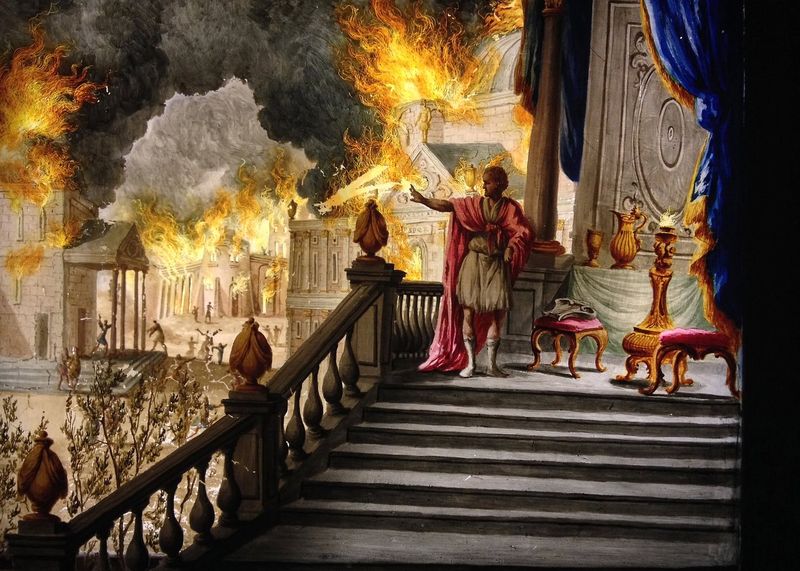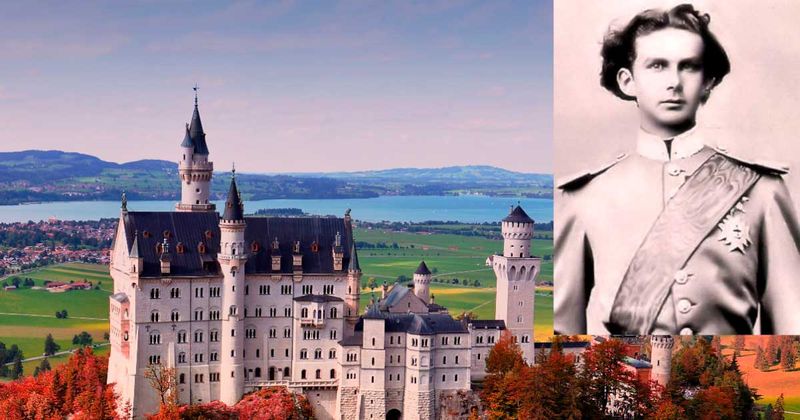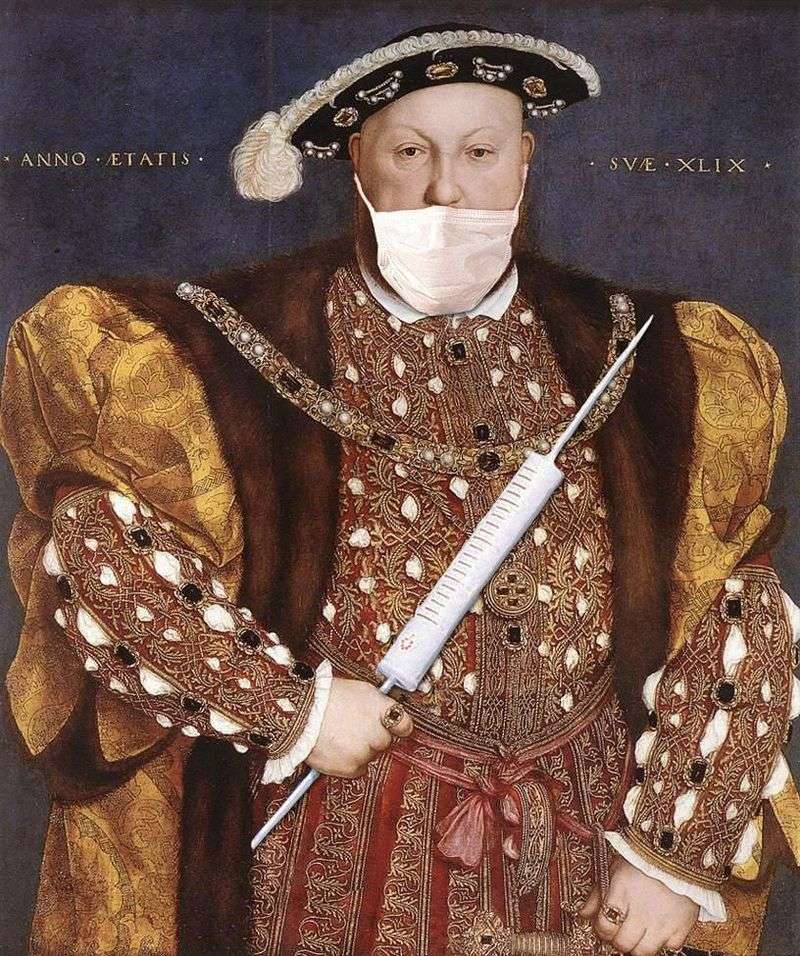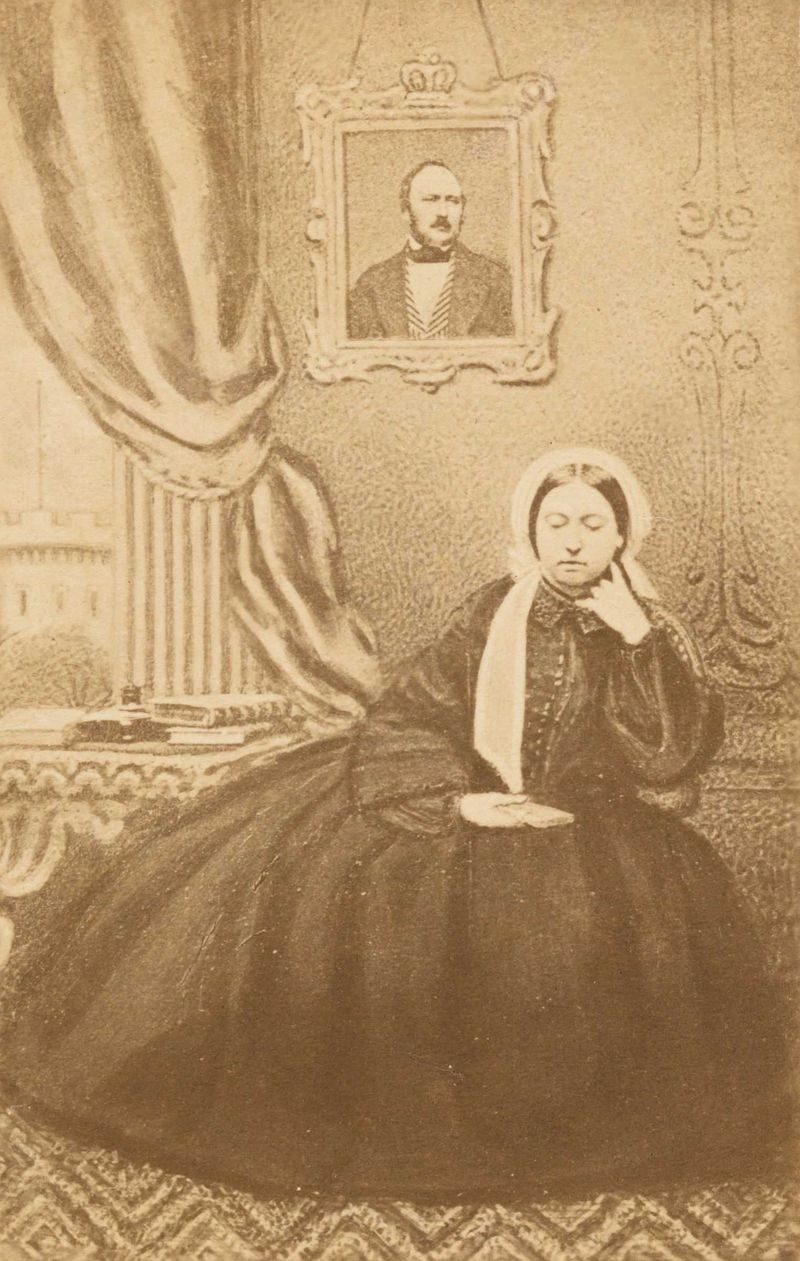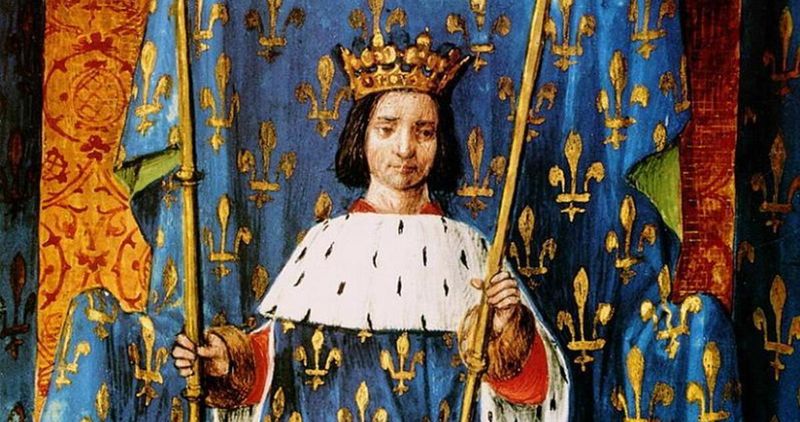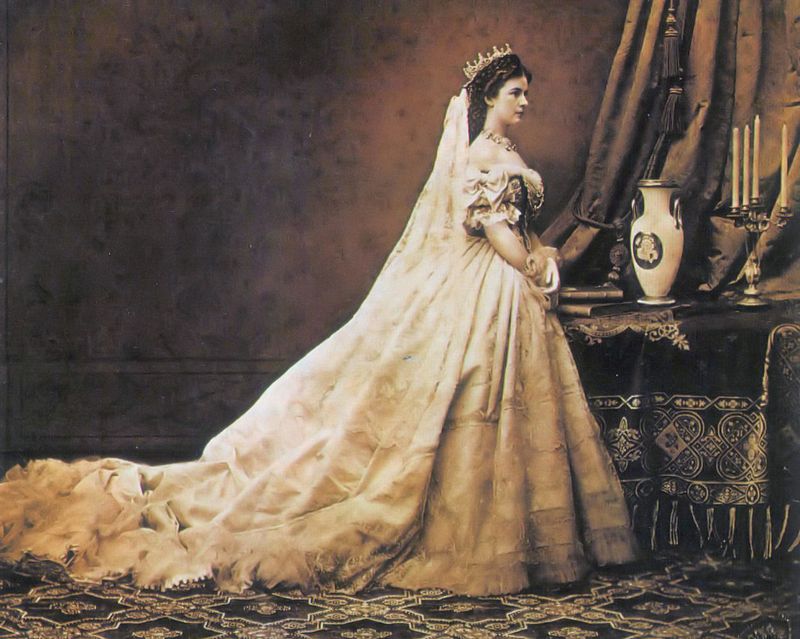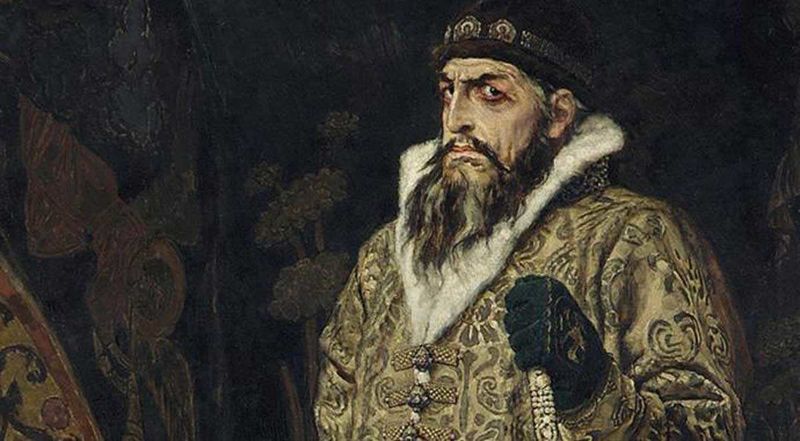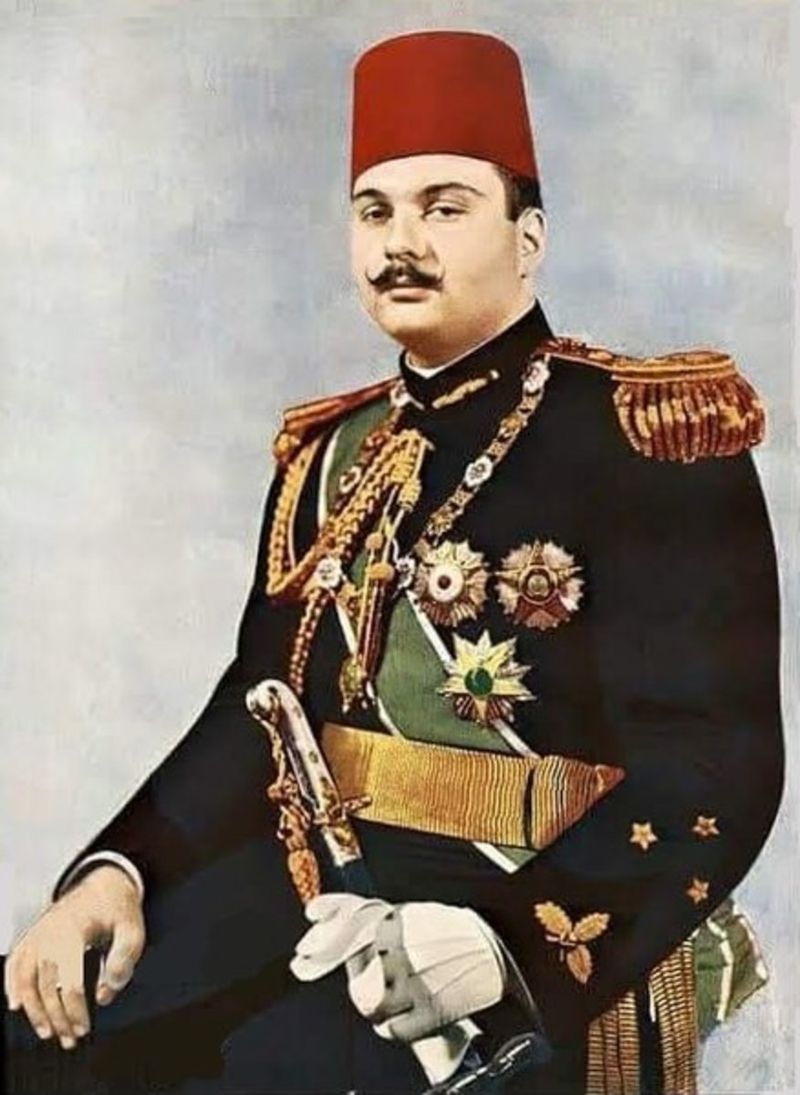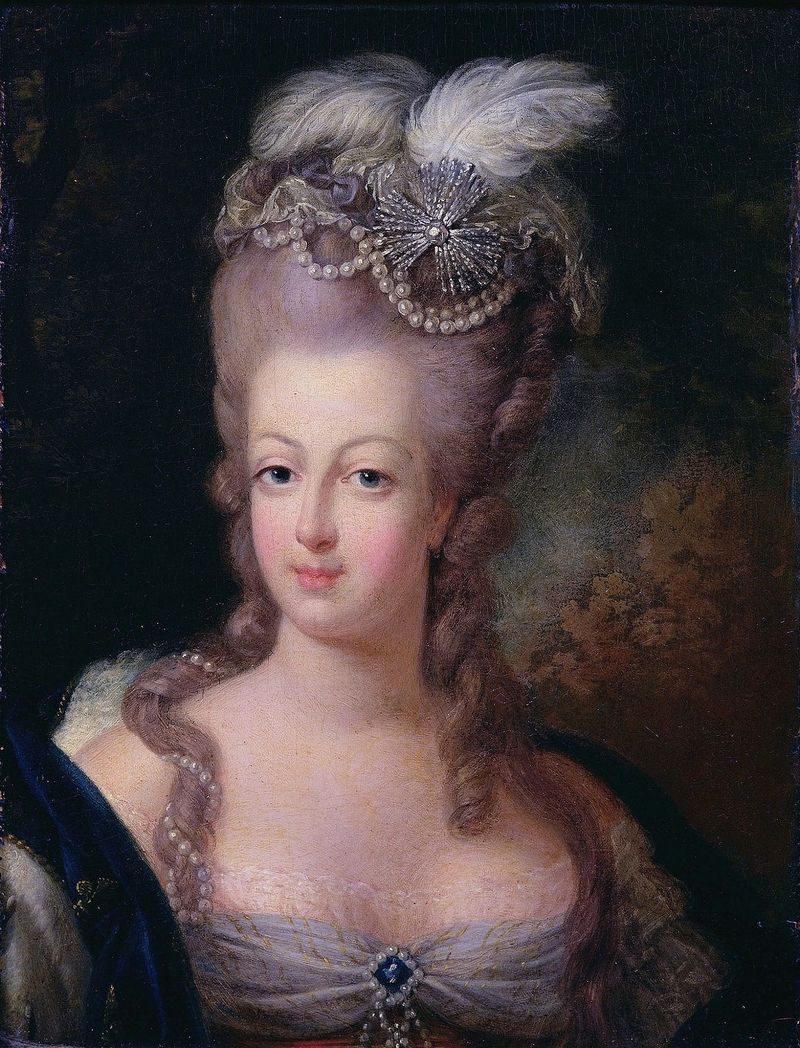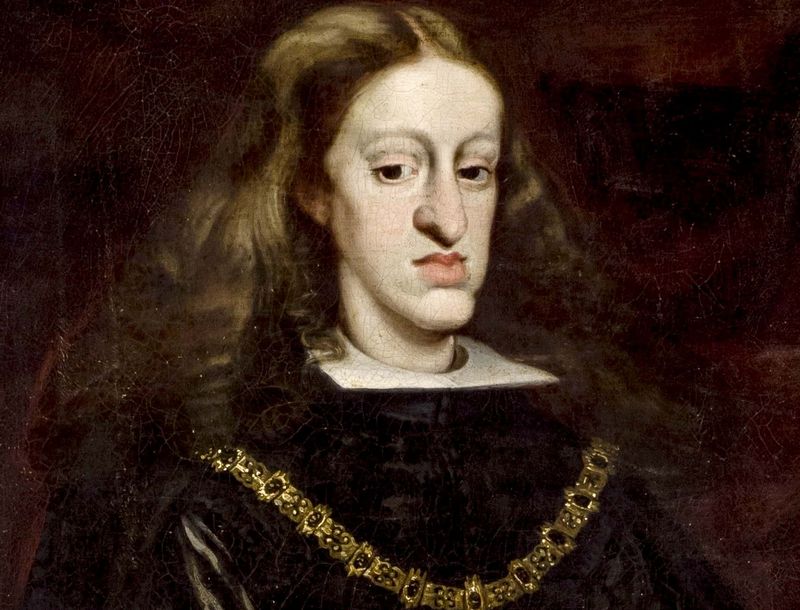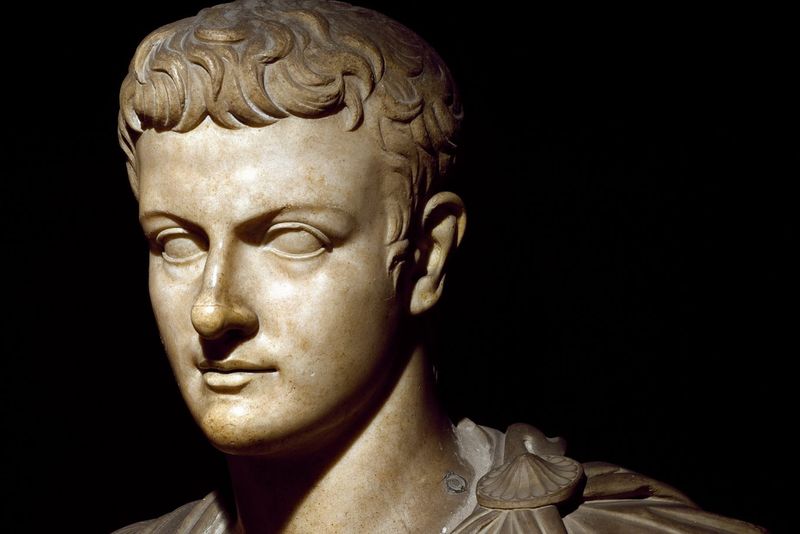Throughout history, royals have been known for their eccentricities and unique interests. From unusual collections to peculiar behaviors, these royal obsessions provide a fascinating glimpse into the lives of some of history’s most intriguing figures. In this blog post, we explore 15 bizarre obsessions that captivated the minds of monarchs across different eras and regions.
1. King George III’s Conversations With Trees
King George III, known for his bouts of madness, found solace in conversations with oak trees. He believed that these trees were capable of offering him royal counsel, and he would pause during his walks to engage with them. One might imagine him standing solemnly, listening intently as if waiting for the whispers of the wind to impart wisdom. This peculiar behavior was part of the king’s life during his reign, reflecting his troubled mental state. Such interactions with nature were both a manifestation of his illness and a unique characteristic of his rule.
2. Queen Christina of Sweden’s Skeleton Collection
Queen Christina of Sweden had a morbid fascination with human remains, which extended to a personal collection of skeletons. Among her most curious acquisitions was the skeleton of her former court jester, which she had exhumed and studied. Her interest in anatomy and the macabre was unusual for a monarch, adding a layer of intrigue to her already complex personality. Christina’s skeleton collection was not merely a hobby but a reflection of her intellectual curiosity and defiance of social norms, as she rejected traditional female roles of her time.
3. Emperor Nero’s Obsession With Fire (and Possibly Arson)
Emperor Nero’s fascination with fire is infamous, as he allegedly started the Great Fire of Rome in 64 AD. He was said to have watched the city burn while performing a dramatic recital, reveling in the destruction. Nero’s obsession with flames and chaos was emblematic of his tyrannical reign. Whether or not he truly instigated the fire remains a topic of historical debate, but his reputation as an arsonist endures. The fire’s aftermath allowed Nero to rebuild Rome according to his vision, showcasing his lust for power and control.
4. King Ludwig II of Bavaria’s Fairy-Tale Castle Addiction
King Ludwig II of Bavaria, often called the “Mad King,” was captivated by the construction of fairy-tale castles. His most famous creation, Neuschwanstein Castle, inspired Disney’s Sleeping Beauty Castle and stands as a testament to his extravagant vision. Despite the beauty of his architectural pursuits, Ludwig’s obsession with grandeur nearly bankrupted Bavaria. His castles are now revered as architectural wonders, but during his lifetime, they were seen as symbols of his eccentricity. Ludwig’s relentless passion for these projects reflected his desire to escape into a world of fantasy and opulence.
5. Catherine the Great’s… Passion for Horses (and the Myth That Won’t Die)
Catherine the Great’s love for horses was well-documented, but it also gave rise to scandalous rumors about her relationships with them. Despite being debunked as propaganda, these myths persisted, overshadowing her genuine passion for equestrianism. Known for her progressive reforms and strong leadership, Catherine’s equine interest was just one facet of her multifaceted personality. Her dedication to horse breeding and riding was a reflection of her strength and independence as a ruler. The enduring myths, though unfounded, highlight the challenges she faced as a powerful woman in a male-dominated world.
6. King Henry VIII’s Fear of Illness (and Obsession With “Purifying” the Air)
King Henry VIII’s paranoia about disease led to his obsession with “purifying” the air around him. He carried a scented sponge at all times and insisted on burning herbs to ward off illness. His fear of contagion was so intense that he sometimes avoided the sick by having them executed. This preoccupation with health reflects Henry’s larger-than-life persona and his desire for control over his environment. In an era plagued by disease, his extreme measures were both a personal quirk and a symbol of the challenges faced by rulers of his time.
7. Queen Victoria’s Mourning Extravaganza
Queen Victoria’s mourning for Prince Albert was a lifelong devotion that defined her reign. After his death, she wore black for 40 years and kept his clothes laid out daily. She even commissioned a life-sized statue of Albert to hold her hand. This extended mourning period was not just a personal grieving process but a public expression of her love and loss. Victoria’s extravagant displays of sorrow captivated the public and became a hallmark of her legacy. Her poignant dedication to Albert reflected both her emotional depth and her influential role as a monarch.
8. King Charles VI of France’s Delusion of Being Made of Glass
King Charles VI of France suffered from “glass delusion,” believing his body was fragile like glass and could shatter at any moment. He wore specially reinforced clothing to protect himself and would scream in panic if touched. This unusual condition added to the challenges of his tumultuous reign, as it affected his ability to rule effectively. Charles’s delusion is one of history’s most famous cases of psychological illness among royalty. His vulnerability and fears were emblematic of a troubled time in France, both politically and personally.
9. Empress Elisabeth of Austria’s Beauty Rituals (Including Raw Meat Facials)
Empress Elisabeth of Austria, known as Sisi, was renowned for her beauty but also for her extreme beauty rituals. She used nightly face masks made of raw veal and slept with cloths soaked in violet oil. Her obsession with maintaining her looks was indicative of the pressures she faced as a public figure. Sisi’s beauty practices were both innovative and controversial, reflecting her desire to preserve her image. Her dedication to these rituals underscored the complexities of her life as an empress, where appearance and reality often clashed.
10. Ivan the Terrible’s Love of Torture (and Sudden Religious Guilt)
Ivan the Terrible’s reign was marked by his obsession with torture and brutality, yet he often experienced sudden bouts of religious guilt. He would order monks to pray for his victims while he repented in church. This contradictory behavior highlighted the complexity of his character, as he oscillated between cruelty and remorse. Ivan’s legacy is one of terror, but his moments of guilt reveal a troubled conscience. These conflicting aspects of his personality contributed to his reputation as a fearsome yet enigmatic ruler, whose actions left an indelible mark on Russian history.
11. King Farouk of Egypt’s Kleptomania
King Farouk of Egypt was notorious for his kleptomania, stealing items ranging from Winston Churchill’s pocket watch to a French policeman’s cap. His compulsive thievery was more than mere mischief; it was a defining aspect of his colorful reign. Farouk’s actions reflected his disregard for convention and his desire to possess what he fancied. Despite his royal status, his penchant for stealing was both a personal quirk and a public scandal. His kleptomania, coupled with his extravagant lifestyle, contributed to his controversial legacy and eventual downfall.
12. Marie Antoinette’s Obsession With Fake Peasant Life
Marie Antoinette, the last queen of France before the Revolution, had a peculiar obsession with pretending to be a peasant. She built a rustic village, the Hameau de la Reine, where she and her courtiers played at rural life while the real peasants starved. This escapism was both a personal indulgence and a political misstep. Her fascination with pastoral life was emblematic of her detachment from the realities facing her kingdom. The Hameau became a symbol of her perceived indifference, contributing to her downfall and the eventual end of the monarchy.
13. King Carlos II of Spain’s Macabre Relic Collection
King Carlos II of Spain, known as the “Bewitched King,” had a dark fascination with relics and corpses. He collected the dismembered bodies of his ancestors and even slept beside his late wife’s embalmed corpse. His macabre collection was more than just a hobby; it was a manifestation of his troubled reign and deteriorating mental health. Carlos’s obsession with the dead was a reflection of his fear of mortality and his struggle with a legacy of inbreeding and genetic disorders. These relics were a haunting symbol of his reign’s decline.
14. Emperor Caligula’s Horse as a Government Official
Emperor Caligula’s adoration for his horse, Incitatus, reached absurd heights when he attempted to make it a consul. He provided the horse with a marble stable and jeweled collar, treating it as an esteemed official. Caligula’s affection for Incitatus was more than just a peculiar attachment; it was a statement of his power and eccentricity. His actions, both whimsical and despotic, were reflections of his erratic rule. The story of Incitatus endures as a symbol of Caligula’s madness and the extent to which he would go to defy Roman societal norms.
15. King Zog I of Albania’s Fear of Being Poisoned (and His 600 Bodyguards)
King Zog I of Albania was consumed by paranoia about being poisoned, leading to his employment of 600 bodyguards and a personal food taster. His fear of assassination was so intense that he avoided handshakes and survived 55 attempts on his life. This extreme vigilance was both a reflection of the political instability of his time and his own insecurities. Zog’s reliance on a small army for protection demonstrated his constant state of alertness. His obsession with security became a defining feature of his reign, illustrating the precarious nature of his rule.
